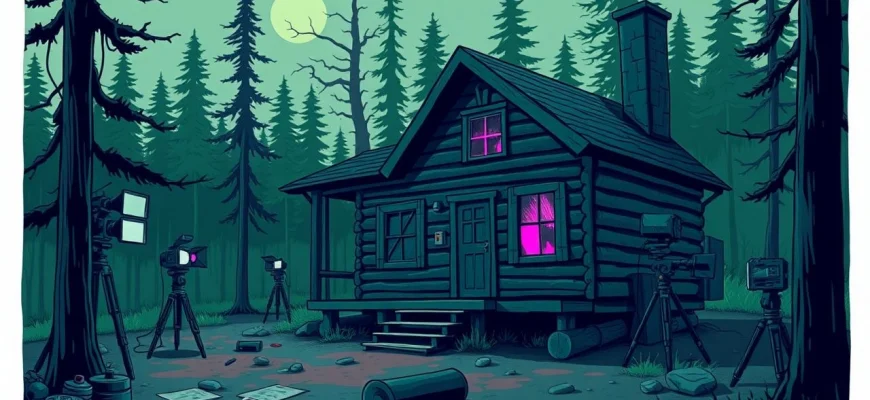If you loved the clever twists and horror-comedy blend of 'The Cabin in the Woods' (2012), you're in for a treat. This article explores 10 movies and TV shows that deliver the same mix of thrills, dark humor, and meta-commentary on the horror genre. Whether you're a fan of its subversive storytelling or its unexpected surprises, these picks will keep you entertained and on the edge of your seat.
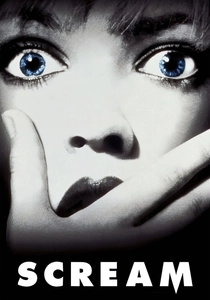
Scream (1996)
Description: Scream is similar to The Cabin in the Woods in its meta-commentary on horror tropes and self-awareness. Both films deconstruct the genre while still delivering genuine scares. Scream, like Cabin, plays with audience expectations and features a behind-the-scenes manipulation of events.
Fact: Scream revitalized the slasher genre in the 1990s. The iconic Ghostface mask was based on Edvard Munch's painting 'The Scream'. Drew Barrymore's opening scene death shocked audiences as she was the biggest star in the film.
 Watch Now
Watch Now 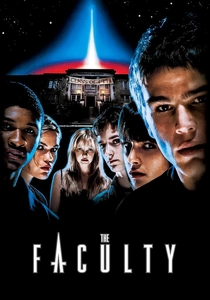
The Faculty (1998)
Description: The Faculty shares Cabin's ensemble cast of archetypal characters facing a supernatural threat. Both films feature ordinary people discovering and combating a larger conspiracy, with similar blends of horror, sci-fi, and dark humor.
Fact: Features early performances from Elijah Wood and Josh Hartnett. The creature effects were done by the same team that worked on The X-Files. Robert Rodriguez directed this as his first studio film.
 Watch Now
Watch Now 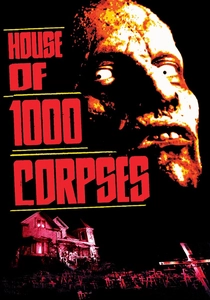
House of 1000 Corpses (2003)
Description: Rob Zombie's film shares Cabin's carnivalesque approach to horror, with both featuring groups of victims encountering increasingly bizarre and extreme scenarios. The films share a darkly comic tone and subversion of typical horror structures.
Fact: Rob Zombie's directorial debut. Initially received an NC-17 rating before cuts. The Firefly family would reappear in Zombie's later films.
 Watch Now
Watch Now 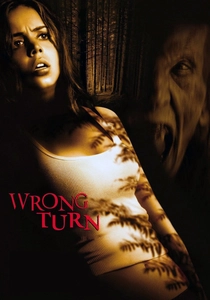
Wrong Turn (2003)
Description: Wrong Turn shares Cabin's setup of young people encountering horrific threats in the wilderness. Both films play with backwoods horror tropes, though Wrong Turn plays them straight while Cabin deconstructs them.
Fact: Inspired by real-life stories of inbred families. The makeup effects used real animal bones. Spawned multiple sequels and a 2021 reboot.
 Watch Now
Watch Now 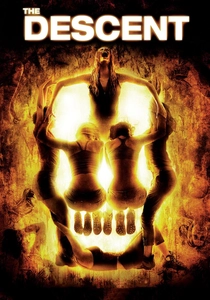
The Descent (2005)
Description: The Descent shares Cabin's claustrophobic tension and theme of friends encountering supernatural horrors. Both films feature strong female protagonists and explore psychological horror alongside physical threats, though Descent is more serious in tone.
Fact: Originally had a darker ending in the UK version. The actresses did many of their own stunts in tight cave sets. Director Neil Marshall used the creatures sparingly to maximize impact.
 Watch Now
Watch Now 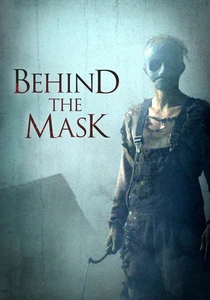
Behind the Mask: The Rise of Leslie Vernon (2006)
Description: This mockumentary shares Cabin's deconstruction of horror tropes, showing the 'behind-the-scenes' preparation of a slasher villain. Both films examine the mechanics of horror stories while still delivering genuine scares when the fiction becomes reality.
Fact: Features cameos from Robert Englund and Zelda Rubinstein. Initially conceived as a short film. The film's mythology includes references to famous slasher villains as if they were real.
 Watch Now
Watch Now 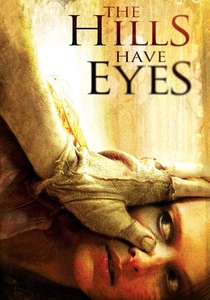
The Hills Have Eyes (2006)
Description: This remake shares Cabin's premise of travelers encountering horrific threats in isolated locations. Both films feature ordinary people pushed to extremes and explore themes of civilization vs. savagery, though Hills is more relentlessly brutal.
Fact: A remake of Wes Craven's 1977 film. The mutant designs were inspired by nuclear testing victims. Filmed in the Moroccan desert standing in for Nevada.
 Watch Now
Watch Now 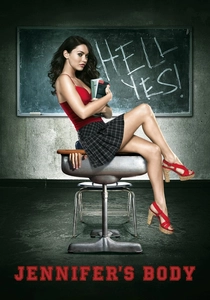
Jennifer's Body (2009)
Description: Jennifer's Body shares Cabin's blend of horror and dark comedy, with both films subverting expectations about their respective subgenres. Like Cabin, it features a secret organization manipulating events and plays with audience sympathies regarding its 'monster'.
Fact: Written by Diablo Cody during the 2007-08 writers' strike. Initially marketed as a sexy teen horror but is actually a feminist allegory. The infamous 'hell is a teenage girl' line became iconic.
 Watch Now
Watch Now 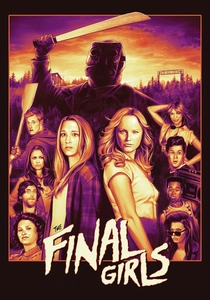
The Final Girls (2015)
Description: The Final Girls shares Cabin's meta approach to horror, with characters literally trapped in a slasher movie. Both films blend comedy and horror while examining genre conventions. The self-referential humor and awareness of being in a horror scenario mirror Cabin's premise.
Fact: Features a unique mother-daughter relationship at its core. Contains clever visual transitions between 'movie world' and 'real world'. The campfire scene is a direct homage to Friday the 13th.
 Watch Now
Watch Now 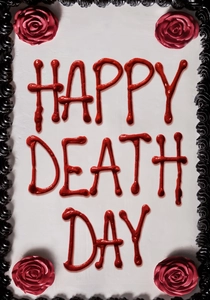
Happy Death Day (2017)
Description: Like Cabin, Happy Death Day plays with horror tropes in an inventive way, using a time-loop premise to explore slasher conventions. Both films balance scares with humor and feature protagonists who must understand the 'rules' of their situation to survive.
Fact: Combines elements of Groundhog Day with slasher films. The lead actress, Jessica Rothe, performed many of her own stunts. The baby mask villain became an iconic modern horror image.
 Watch Now
Watch Now 
